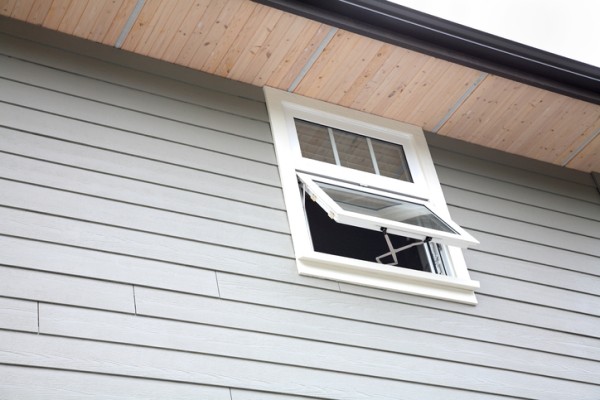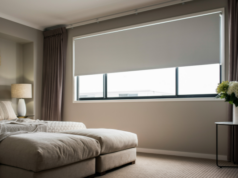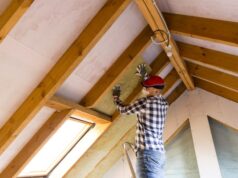
Casement windows are a classic window style that continues to suit both modern and traditional Australian homes. Hinged at the side and opening outwards like a door, casement windows offer excellent airflow, unobstructed views and secure ventilation, making them a strong option when planning a build or renovation.
How casement windows work
Casement windows are attached to their frame by side hinges, allowing the entire sash to swing open either to the left or right. They’re typically operated using a crank handle, lever or push mechanism. When open, they catch passing breezes, directing air into the room, making them ideal for passive cooling.
Some designs open outwards; others (less common in Australia) may open inward.
Benefits of casement windows
- Superior ventilation: Casement windows open fully, allowing maximum airflow—especially effective when angled toward prevailing breezes
- Clear views: Unlike sliding windows, casement windows don’t have a central rail, offering unobstructed sightlines
- Energy efficiency: When closed, the sash presses tightly against the frame, creating a strong seal for better insulation
- Versatility: Suitable for almost any room, from kitchens to living spaces and bedrooms
- Security: Secure locking mechanisms make them one of the safer window types when properly installed
Ideal locations for casement windows
Casement windows are especially useful in:
- Living areas: To bring in natural light and fresh air, particularly in homes with limited wall space
- Kitchens: Above benches or in narrow spaces where outward-opening windows work best
- Bedrooms: For breeze control and access to cross-ventilation
- Double-storey homes: Where top-hung windows are harder to operate, casement styles with crank handles offer easier access
They’re often used in combination with fixed windows or highlight windows for design flexibility.
Frame and glass options
Casement windows come in a variety of materials to suit different budgets and design styles:
- Timber: Great for character homes but needs regular upkeep
- Aluminium: Lightweight and low-maintenance, popular in contemporary builds
- uPVC: Durable and thermally efficient, suitable for harsh Australian climates
To improve performance, consider glazing upgrades like:
- Double glazing: For better insulation and noise control
- Low-E glass: To reduce heat transfer and improve energy ratings
- Tinted or acoustic glass: Where privacy or sound reduction is a priority
Standards and compliance
All window installations must meet Australian Standards and comply with the National Construction Code (NCC). Relevant standards include:
- AS 2047 – Windows and external glazed doors in buildings
- AS 1288 – Glass in buildings – Selection and installation
Your window supplier should also provide WERS ratings (Window Energy Rating Scheme) so you can compare thermal performance.
Things to keep in mind
- Opening clearance: Because casement windows swing outward, they need sufficient external clearance—watch out for walkways or decks
- Wind load: In exposed areas, the sash can catch wind—consider restricting stays or friction hinges
- Cleaning and maintenance: While easy to clean from inside when fully open, upper-storey windows may need special access
- Cost: Casement windows can be more expensive than sliding or fixed windows due to hardware and seals, but they often perform better thermally
Conclusion
Casement windows are a timeless, practical choice for Australian homes. They offer excellent airflow, strong energy performance and a clean, unobstructed look. Whether you’re after traditional charm or a sleek modern edge, casement windows can be adapted to suit almost any renovation.
Before choosing, speak to your builder or window supplier about the best placement, materials and glazing to suit your design and climate.





